You’ve probably heard the typical phrase “There’s only one Venice”. Well, Bangkok is one of those cities that breaks the stereotype. Although it seems to compete for the title of Venice of the East with the Chinese city of Suzhou, there is no doubt about the importance of the Chao Phraya River and its canals in the daily life of the capital of Thailand.
A main artery for the transport of passengers and goods, this river has become one of the best options for enjoying the city temples and neighborhoods as well as the journey itself.
Its two main tributaries, the Nan River and the Ping River, originate in the mountainous regions of the north of the country and then join the mighty Chao Phraya River.
With its almost 400 kilometers in length, it represents the most important river basin in the country, allowing the irrigation of crops such as rice fields, as well as the movement of goods and people through not only the river, but also the numerous klongs (river channels, natural and artificial) that connect it with different towns in the central plain of Thailand, and which are the base for the attractive floating markets that today surround Bangkok, such as Damnoen Saduak or Taling Chan.
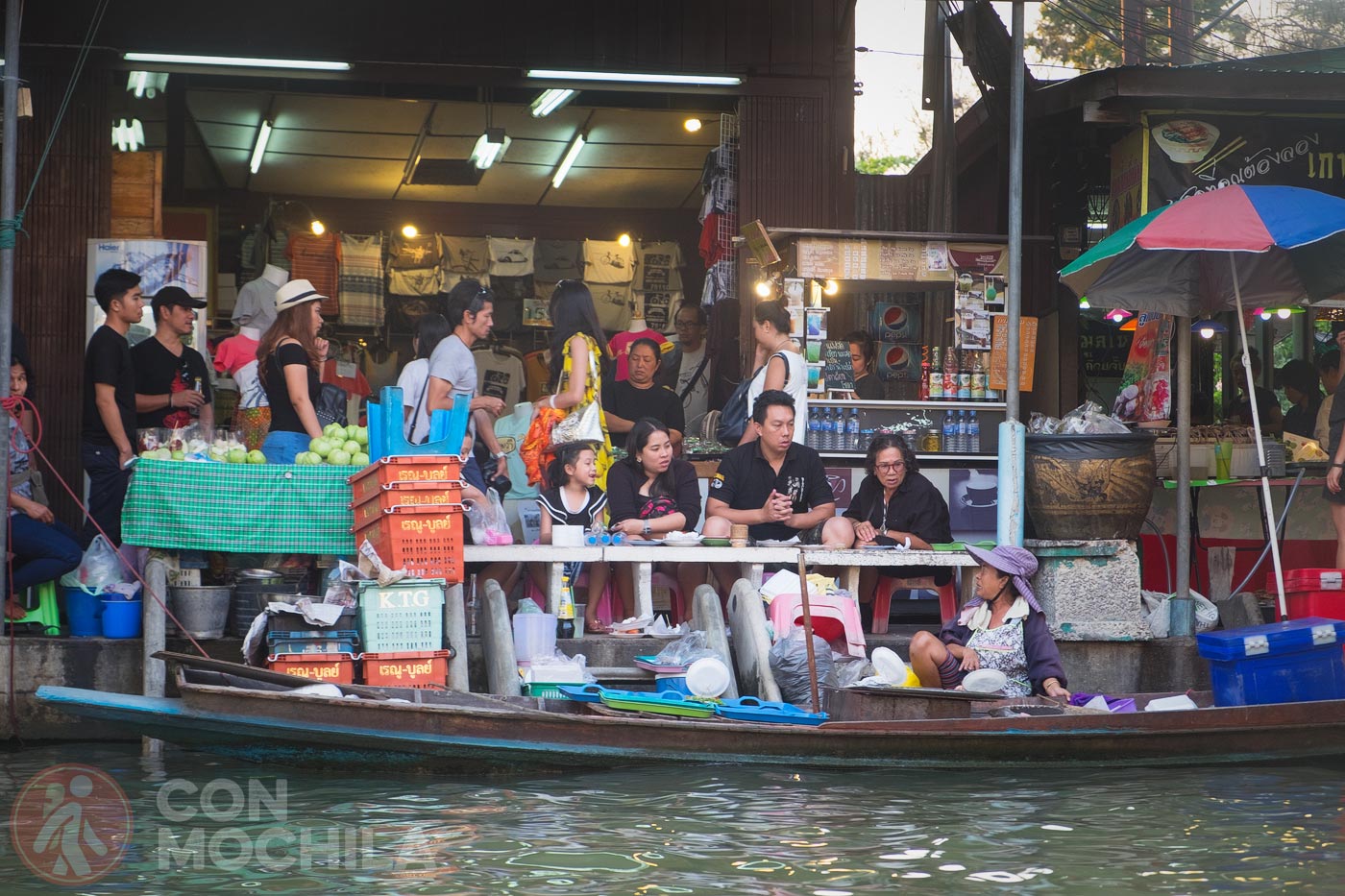
During the successive reigns of Siam, the so-called “river of kings” always had a fundamental importance as a means of communication. Among the cities it crosses, Bangkok was established as the capital in 1782 by King Rama I, who began to build on its banks the temples and palaces that today are the hallmark of the city.
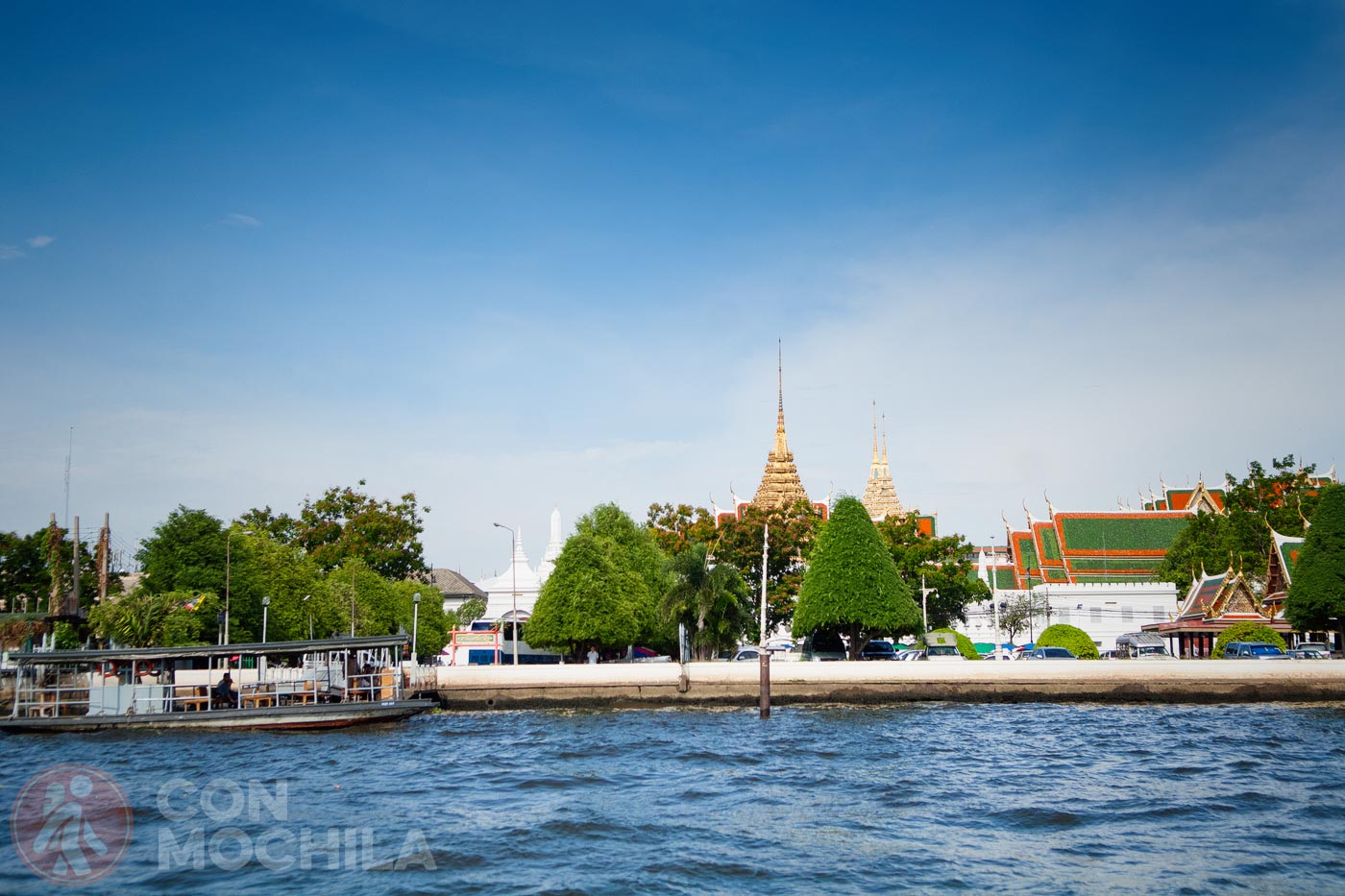
Alongside the temples, dozens of klongs were built, a network of canals that runs through the city and its surroundings starting from its main artery. If Lumphini Park is the lung of Bangkok, the Chao Phraya is its heart.
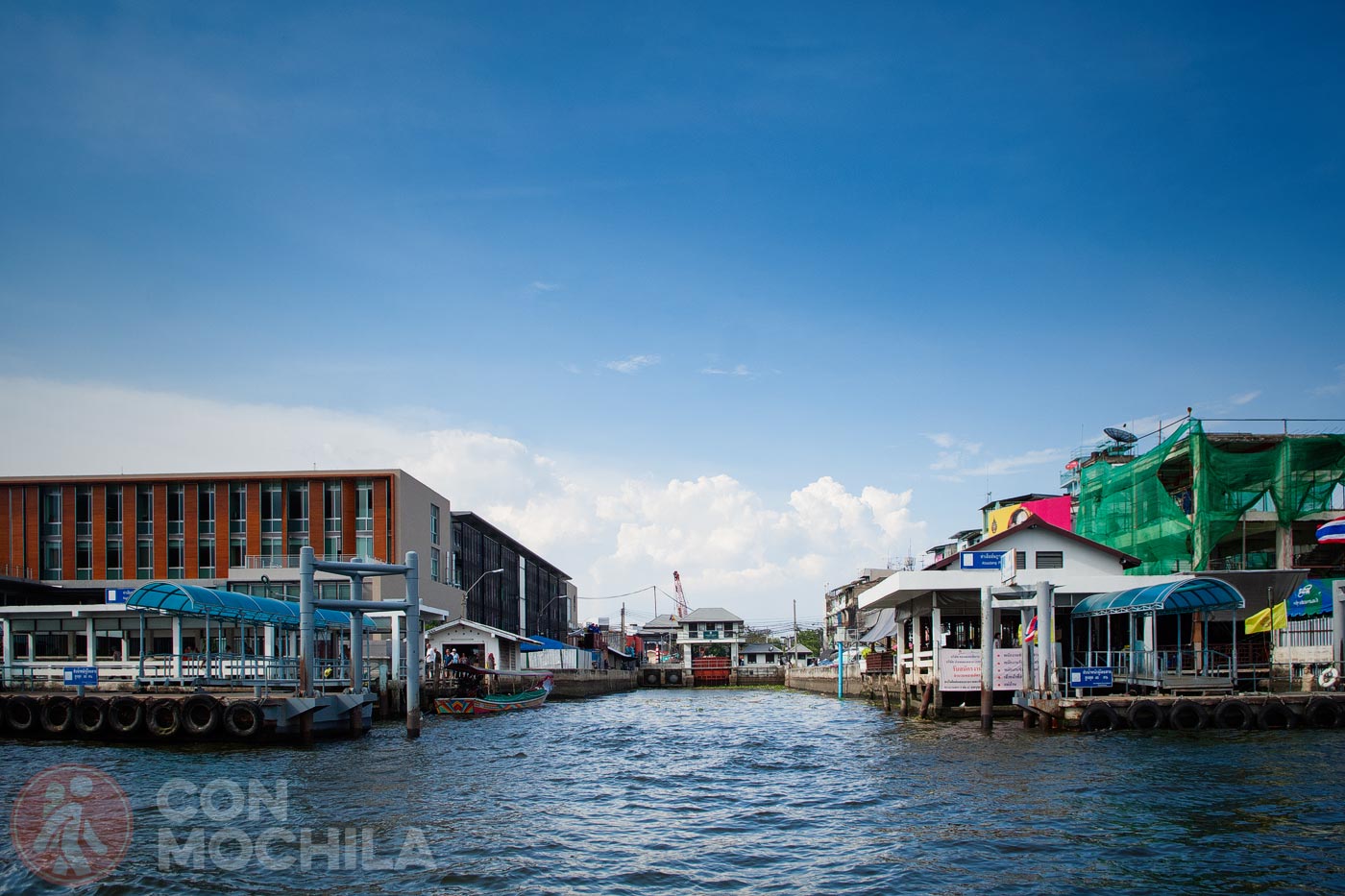
Getting around the city by boat is one of the recommended experiences for any traveler visiting Bangkok. However, in order to not get lost among the numerous options, here is some useful information:
There are four public transport lines that you can use from 6:00 AM to 8:00 PM. on weekdays, and until 7:00 PM on Saturdays and Sundays.
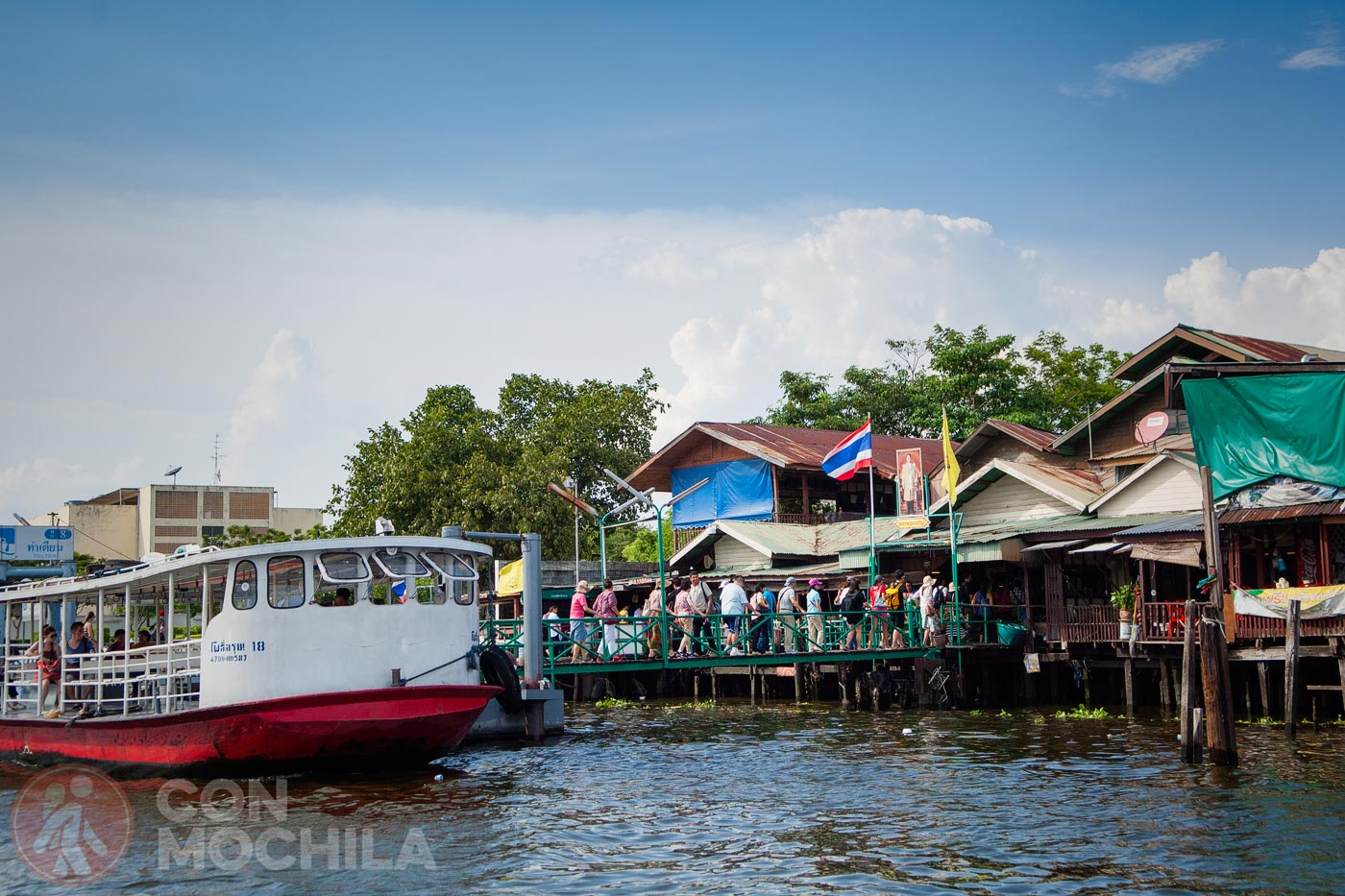
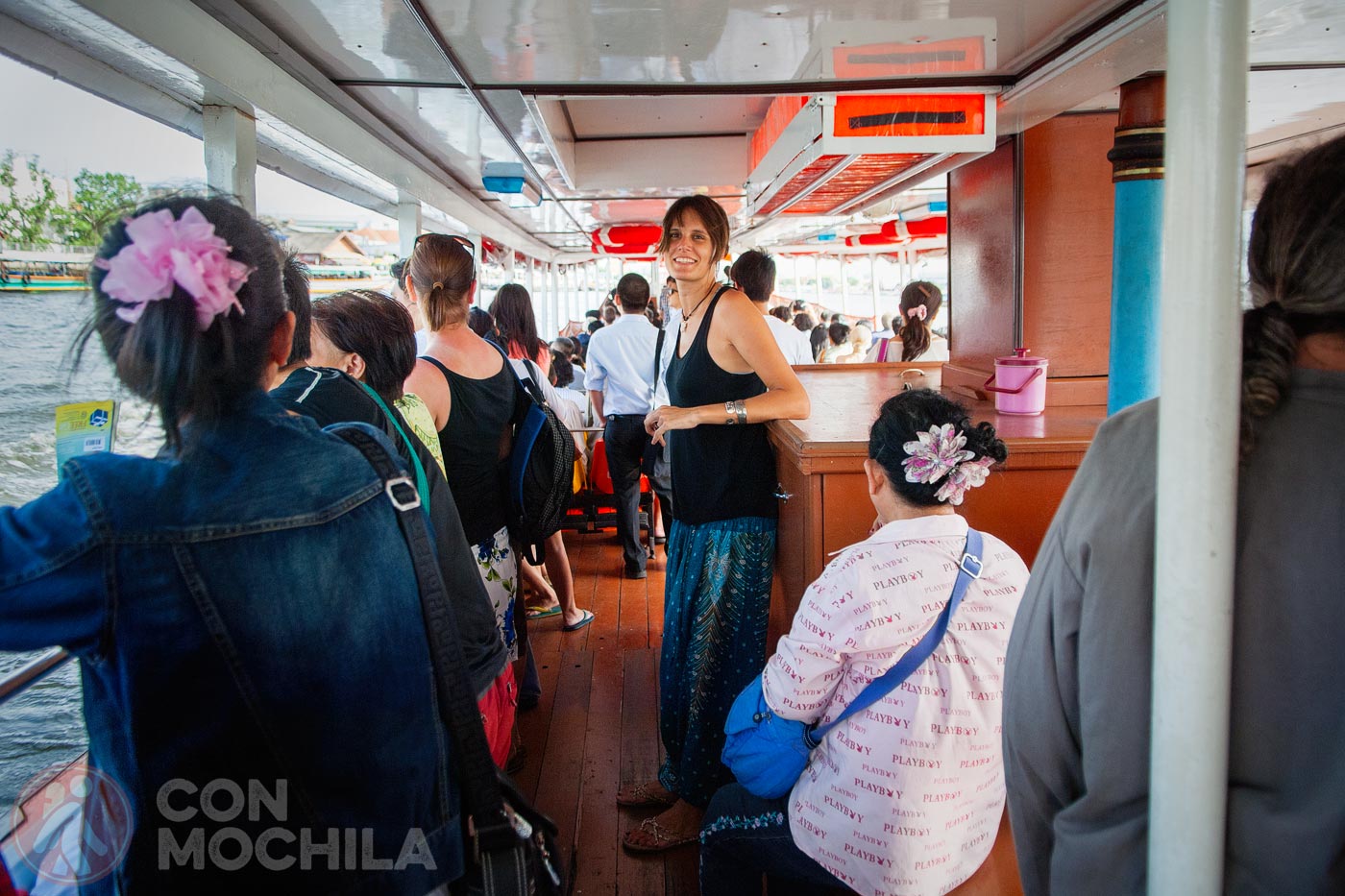
With tickets ranging from 9 to 32 baht, depending on the line and the route, it is a means of transportation used by more than 13 million passengers a year. They are distinguished by the color of their flags. The local line, without a flag, makes all the stops on the route, while the yellow, orange and green lines are faster and do not stop at all piers.
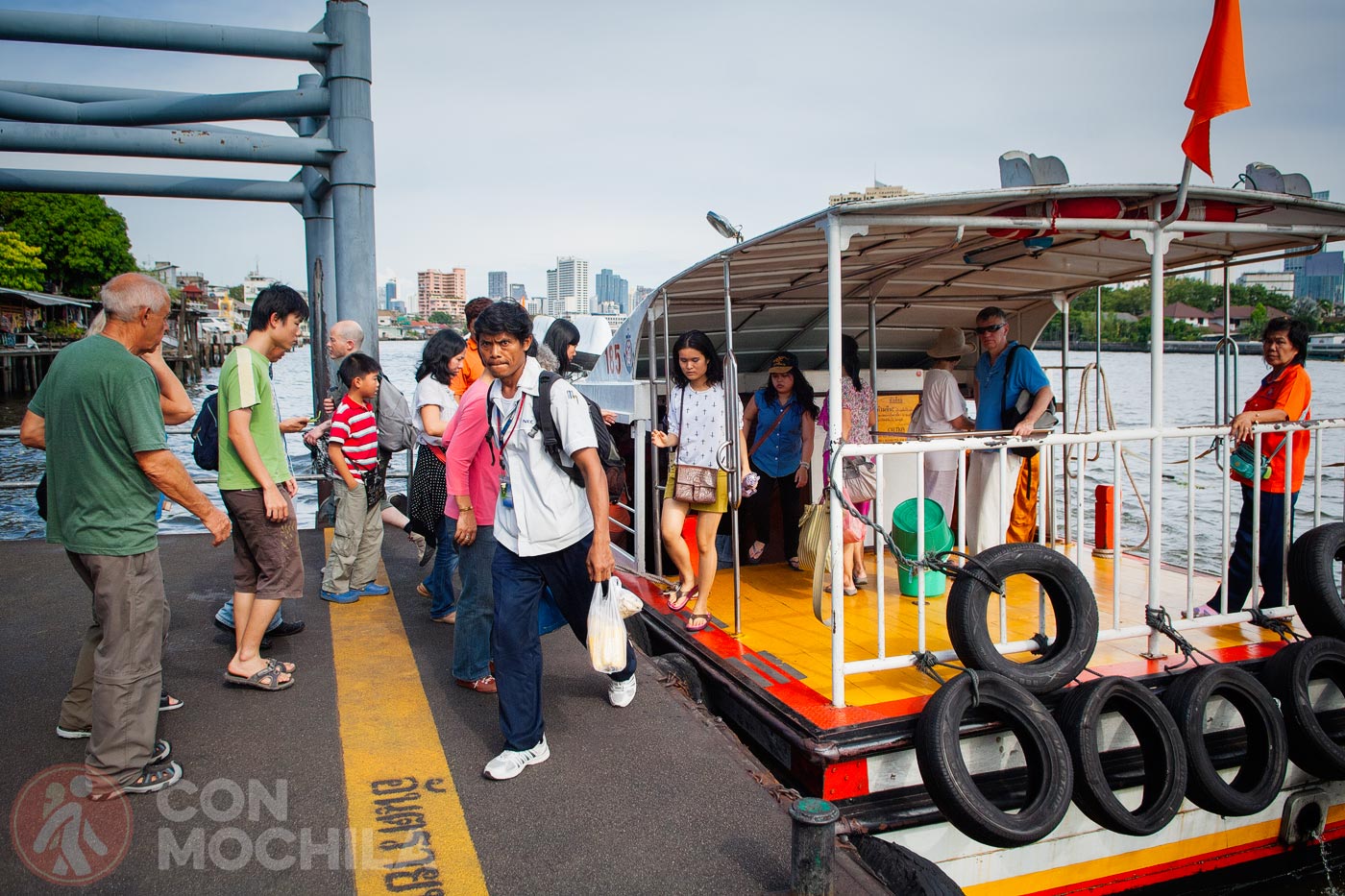
You can take a boat to the backpacker district, Khaosan Road, getting off at Pier 13, or visit Chinatown by getting off at Pier 5. You can find all the information on the Chao Phraya Express website.
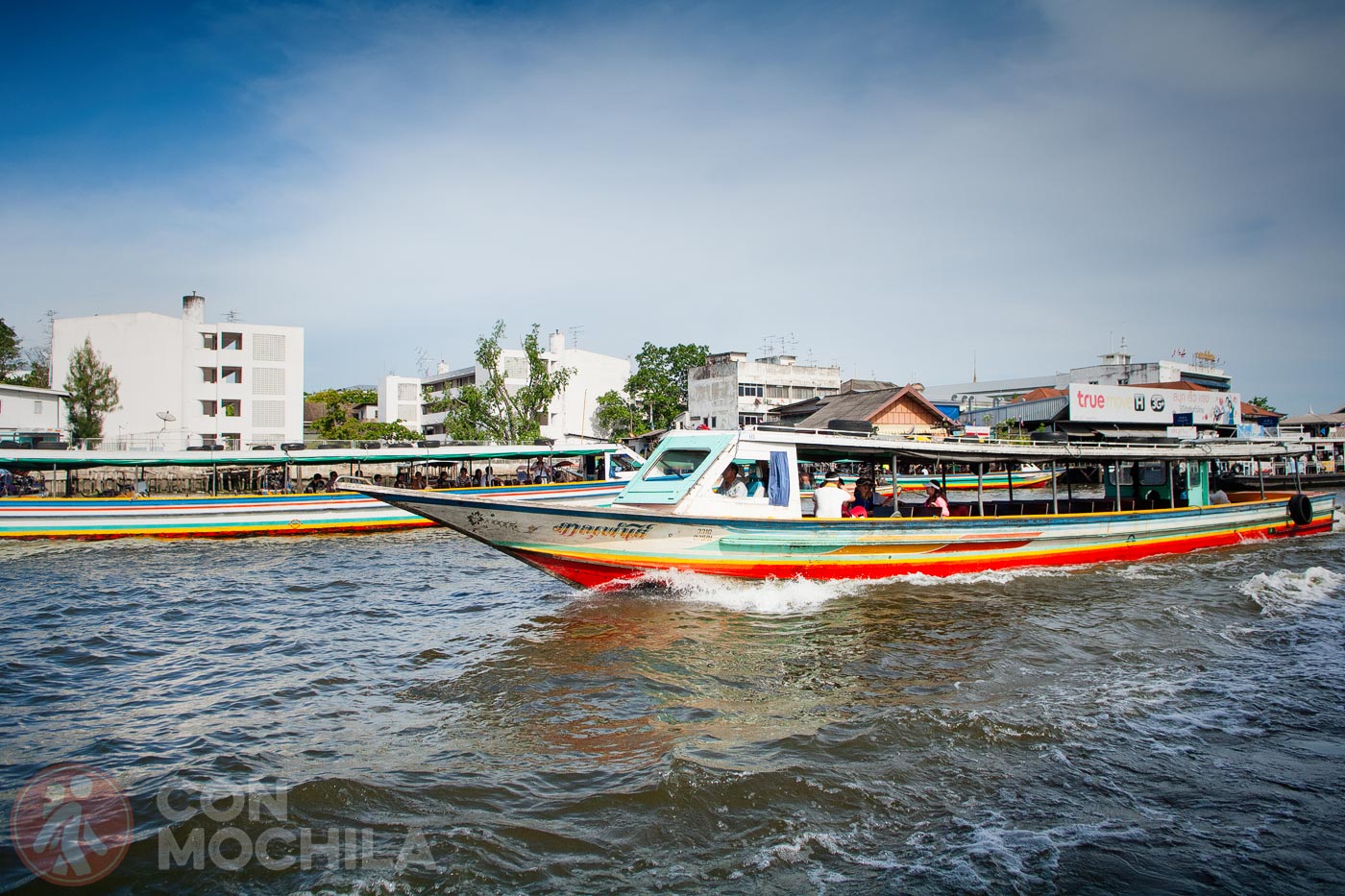
If you want boats that are a little more comfortable and with fewer people, but also more expensive, there are also options, like a tourist boat that stops at the most visited places and has a guide who explains the route in English.
You can buy a ticket for the whole day or just for one trip. In addition to these two services, there are also shuttle boats to cross from one side of the river to the other, and of course the option of hiring a private charter or other tourist boat services that include small cruises with dinner on board. Here are a couple of them:
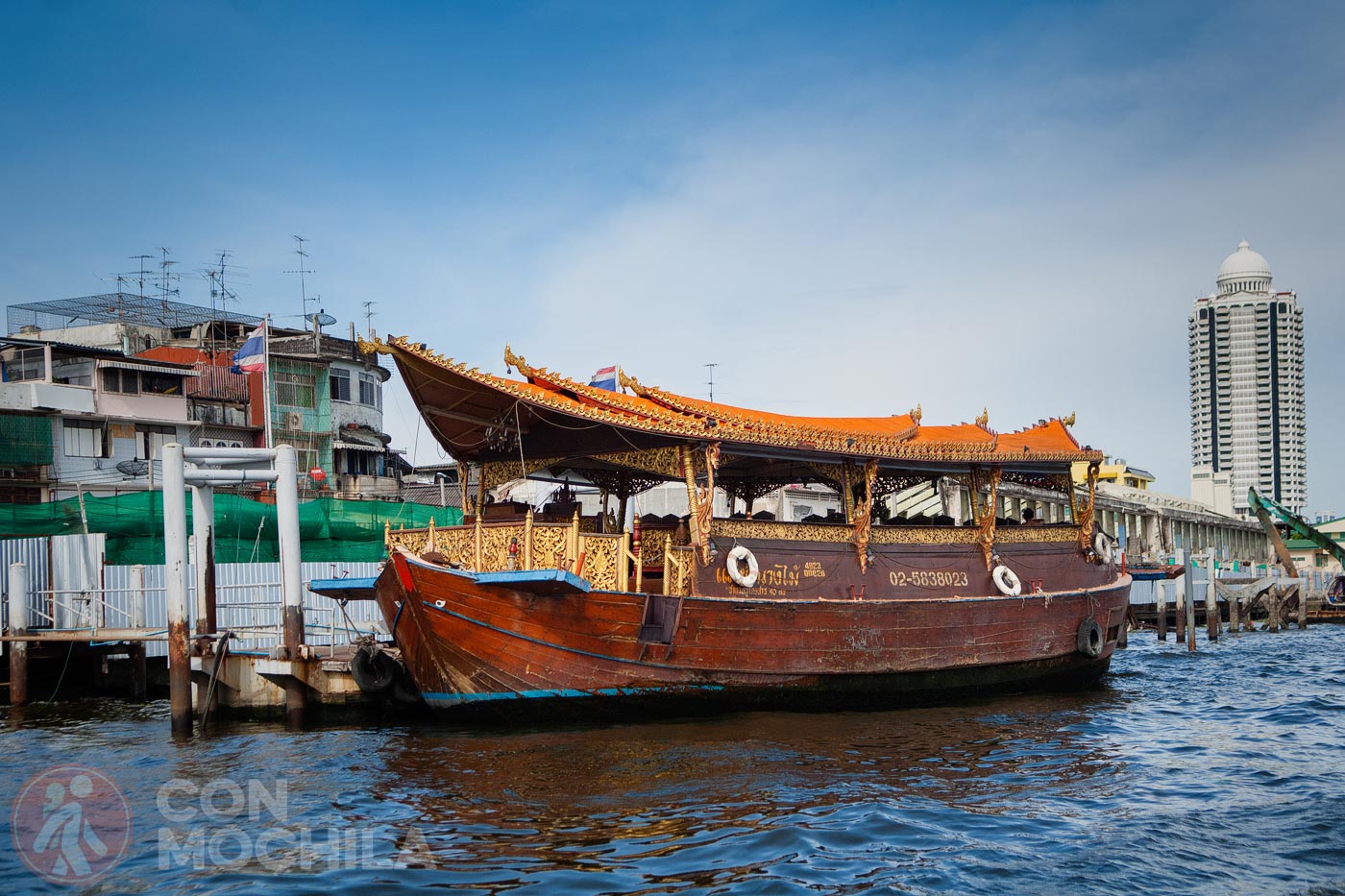
Whether you want to cross the city or enjoy the river as a destination, letting yourself be carried away by the Chao Phaya is a must-see stop on your trip to Bangkok.